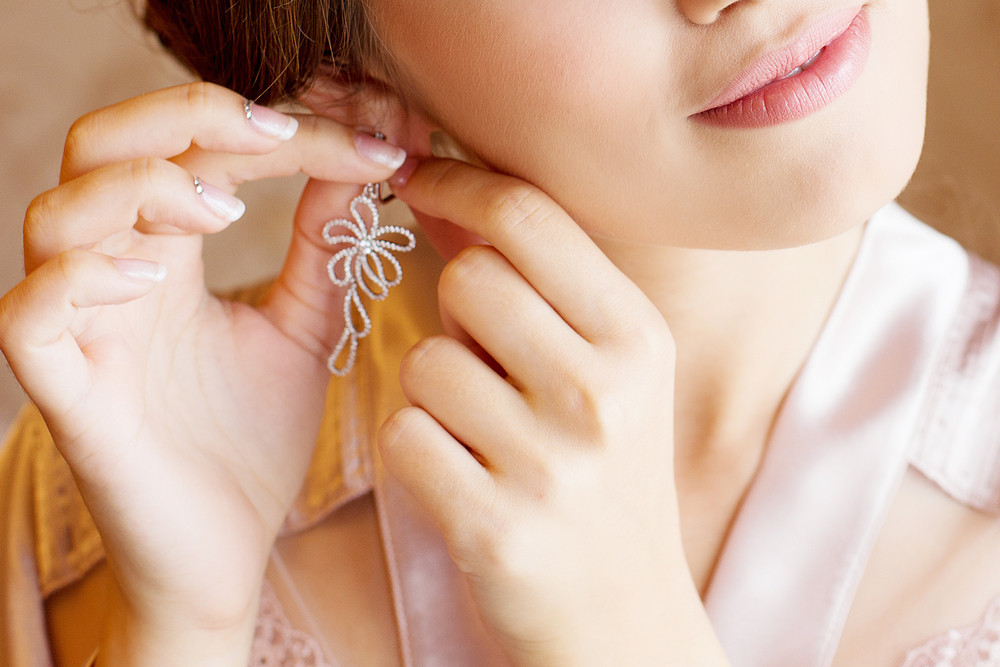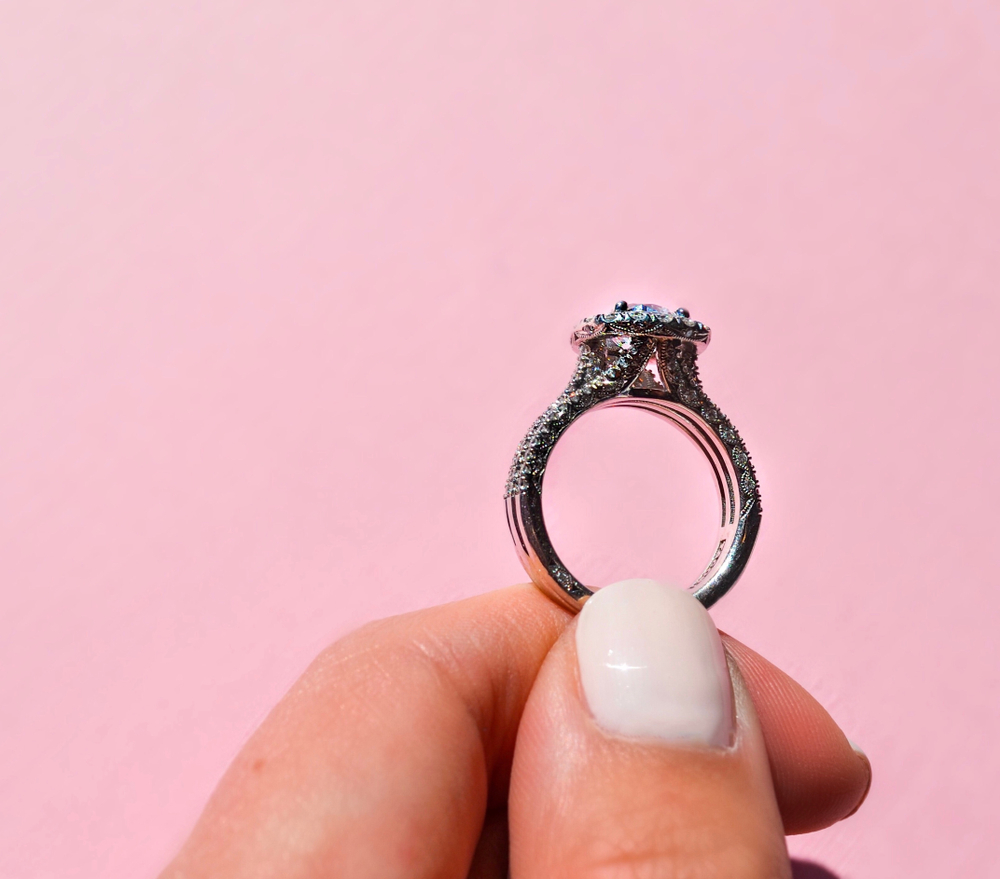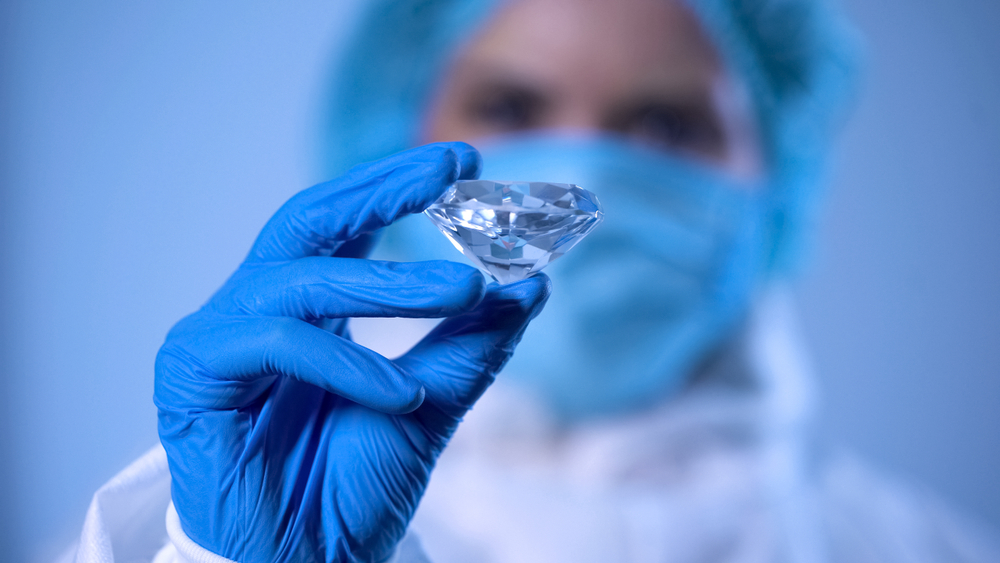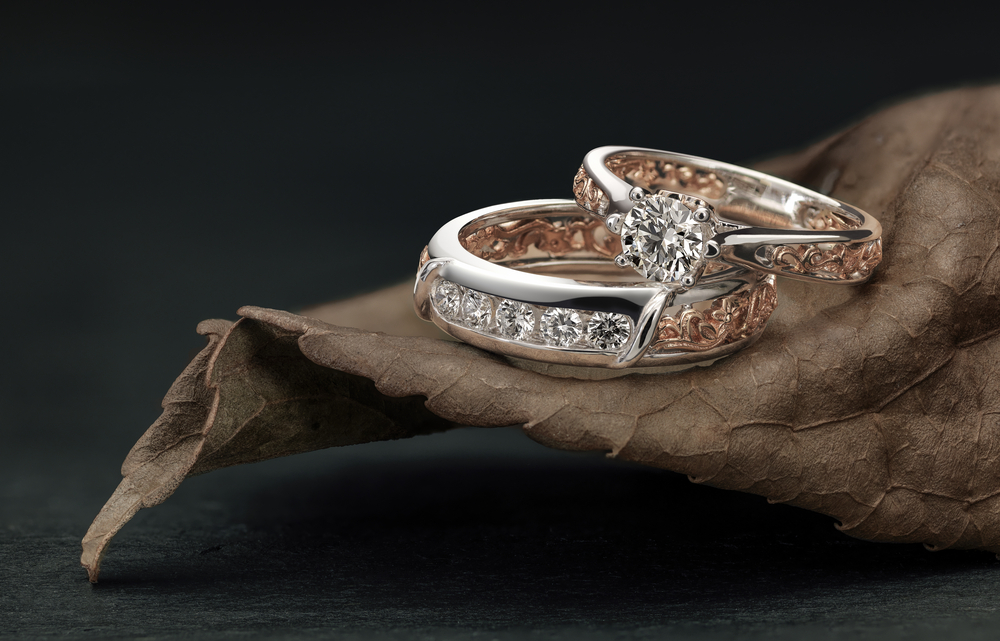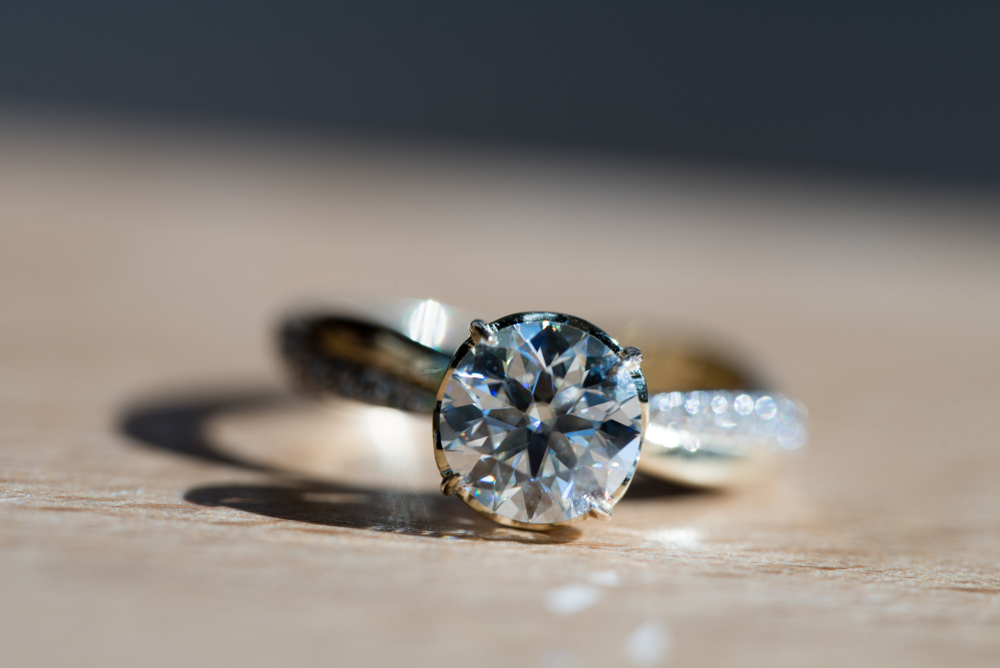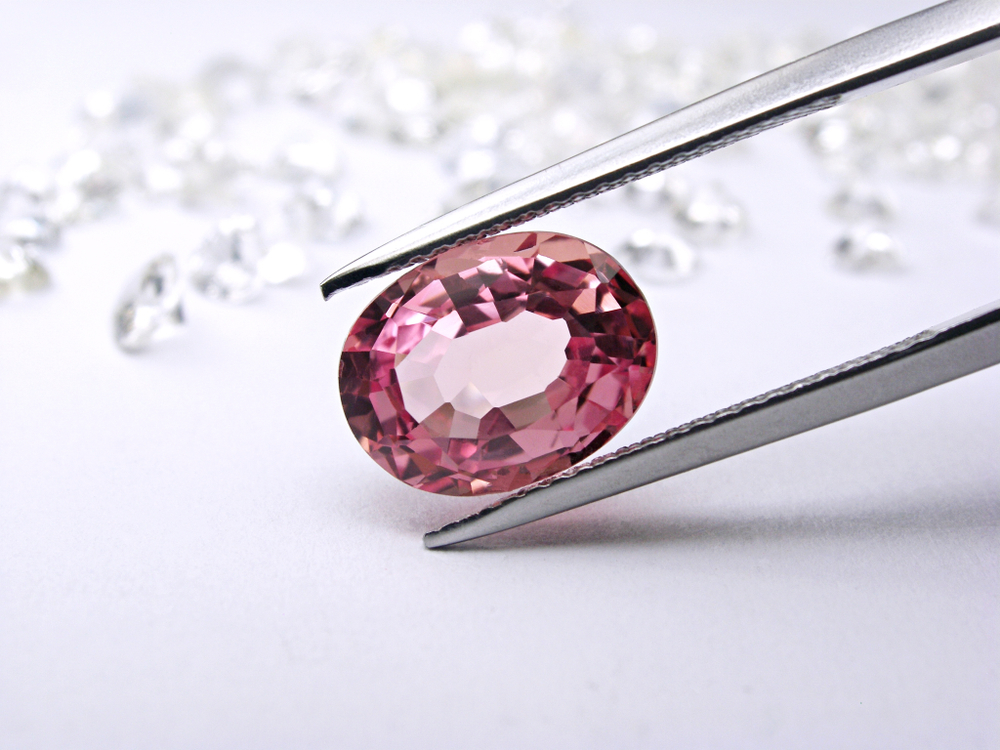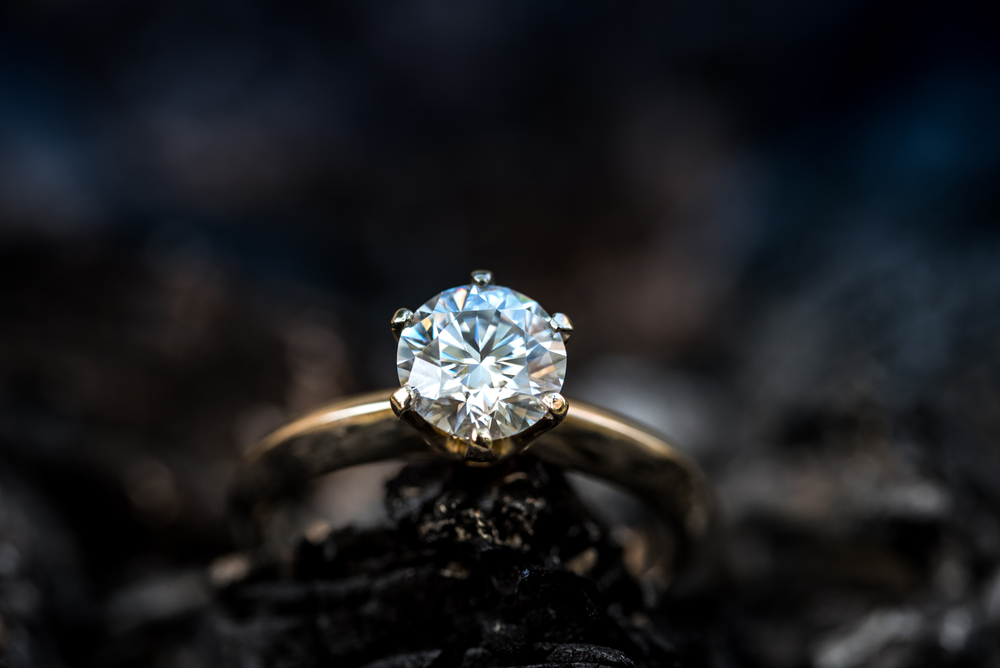The age-old allure of diamonds has taken on a new dimension in the modern era with the emergence of lab-grown diamonds. As couples and consumers become more conscious of the ethical and environmental implications of their choices, the debate between lab-grown and natural diamonds has gained prominence. In this exploration, we break down the key… Continue reading Lab-Grown Diamonds vs. Natural Diamonds: Breaking Down the Differences
Category: diamonds
The Enchanting Beauty Of Red Diamond Earrings
Elegance, sophistication, and a touch of opulence – are the qualities that red diamond earrings bring to any collection. Renowned for their rarity and breathtaking beauty, these exquisite gemstones have captivated the hearts of jewelry enthusiasts and collectors around the world. In this article, we delve into the allure of red diamond earrings, exploring their… Continue reading The Enchanting Beauty Of Red Diamond Earrings
Is H Color Diamond The Right Choice For Your Diamond Ring?
The color of a diamond refers to the presence or absence of hue, or color, in a diamond. In the diamond industry, diamonds are graded on a scale from D (no hue) to Z (a noticeable yellow or brown hue). H color diamonds fall towards the middle of this scale, making them a popular choice… Continue reading Is H Color Diamond The Right Choice For Your Diamond Ring?
Understanding The 4Cs Of Lab Grown Diamonds
Natural and lab grown diamonds are graded using the same 4Cs – the cut, the clarity, the color and the carat. This is a universally acknowledged evaluation system to measure the quality of a diamond. Let us have a look at what the 4Cs represent. What Does Cut Represent? The cut of a diamond determines… Continue reading Understanding The 4Cs Of Lab Grown Diamonds
Everything To Know About Marquise-Cut Diamonds
The shape of a marquise-cut diamond is very peculiar as it resembles a beautiful set of women’s lips. It holds historic values and is considered a classic diamond style. If your bride-to-be likes to be unique, you can consider a marquise-cut diamond for your engagement ring. In this article, we are discussing the major details… Continue reading Everything To Know About Marquise-Cut Diamonds
Resetting Heirloom Stones: What Should You Know?
Heirloom rings that are passed down through generations can be a great choice for your engagement rings. Heirloom rings will be unique and one of a kind, hence, they create a great way for you to boast the tradition of your family. Heirloom rings are usually antique rings that come with intrinsic designs and stunning… Continue reading Resetting Heirloom Stones: What Should You Know?
Why Choose A Moissanite Ring
Moissanite is a gemstone that has a look almost similar to diamonds. It is a colorless stone that exhibits great sparkle. If you cannot afford diamond rings, then rings made of moissanite can be a great option for you, as they are available for a fraction of the price of real diamonds. Hence, moissanite creates… Continue reading Why Choose A Moissanite Ring
Are Bezel Settings Good Option For Lab-Grown Diamonds?
One of the most common settings for diamond rings is a bezel setting. In contrast to a prong setting, a bezel setting consists of a band of metal that entirely or partly encircle the lab-grown diamond, securing it in place. The bezel setting has benefits and drawbacks, and whether it is right for you is… Continue reading Are Bezel Settings Good Option For Lab-Grown Diamonds?
How To Care For Pink Diamonds?
People feel that diamonds are quite common, but natural diamonds are rare. As for pink diamonds, they are so rare that you can fit an entire year’s supply into your hand. It may not be the case with pink lab grown diamonds, but many people usually seek their natural counterparts thanks to the sentimental value… Continue reading How To Care For Pink Diamonds?
Why Choose Loose Diamonds?
Choosing between mounted and loose diamonds is often a confusing task for many people. Getting mounted diamonds hasits own perks, as they can help you save time and make the choice easy. But getting loose diamonds can offer even better benefits in comparison with buying mounted stones. The following are some of the best reasons… Continue reading Why Choose Loose Diamonds?
